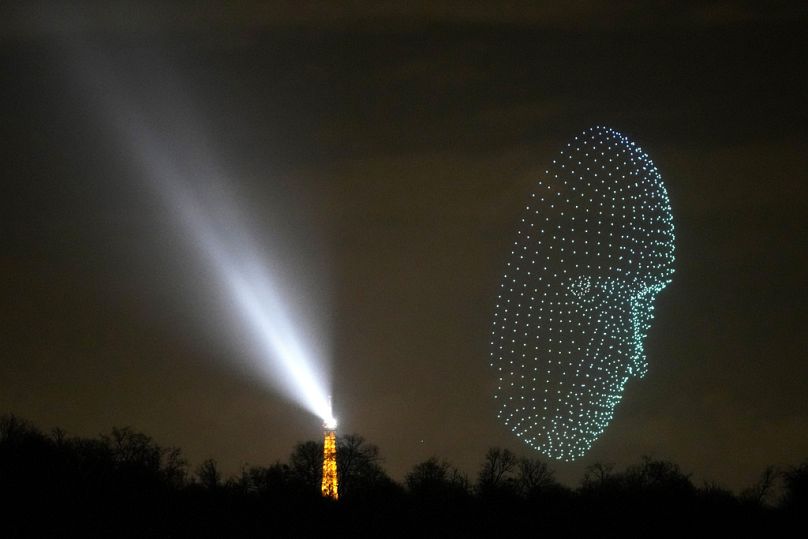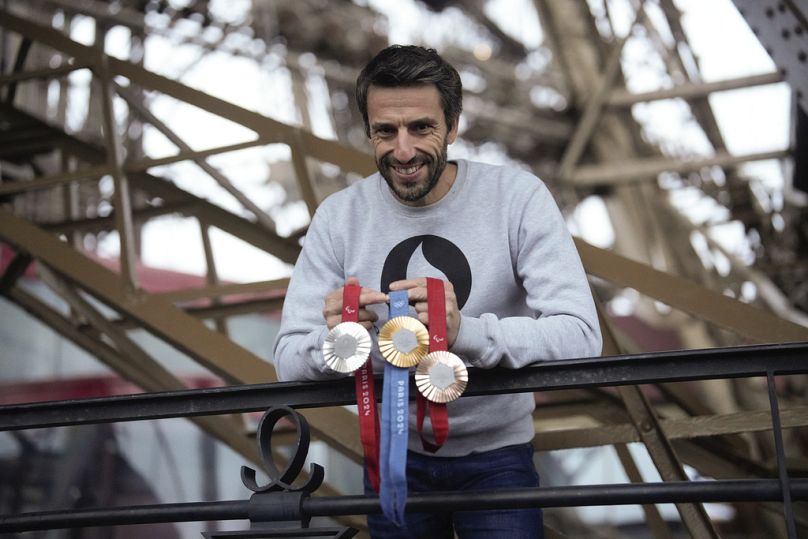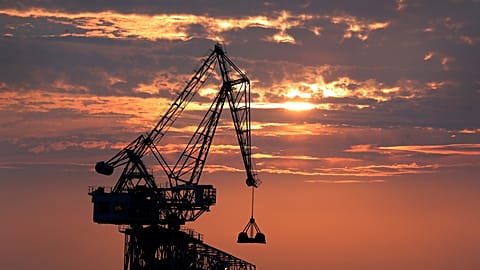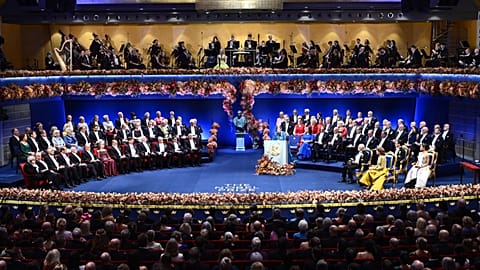It's generally assumed that old historical buildings are likely inefficient, use more energy, and are maintenance-intensive. However, the Eiffel Tower is an example I’d like to highlight, proving this doesn’t have to be the case, Cristina Gamboa writes.
One of the greatest joys of Europe’s older cities is the history and beauty of buildings, standing for hundreds of years as a testament to construction.
In my role, I pick up on the varying styles of buildings, and the touches of detail which point to a time in history.
But what I also notice is how they were built for the climates they were intended for, and how resilient they might be to the reality of a changing climate.
I am asked more frequently than ever, as climate change rhetoric becomes mainstream, what role our historic buildings have in our fight to tackle it.
There is a lot that goes into creating a building — especially when we think about its full life cycle — the materials, construction, electricity and fuel needed to make it functional, not to mention the maintenance.
Conventionally, these have often been based on unsustainable practices, but since the building industry realised it was contributing almost 40% of global CO2 emissions, it has started to evolve: from reusing materials and sourcing construction products with lower carbon footprints to ensuring sufficient renewable energy sources for power and implementing green roofs as naturally cooling solutions.
Our new buildings are increasingly being constructed with the climate in mind. But what about old, historical, legacy buildings like the Eiffel Tower or the Hungarian Parliament?
Might there be a way that they too can be climate solutions, perhaps even more so than their modern counterparts?
It's generally assumed that old historical buildings are likely inefficient, use more energy, and are maintenance-intensive. However, the Eiffel Tower is an example I’d like to highlight which proves this doesn’t have to be the case.
Our buildings need to become 'deep green'
I was in Paris this month for the Buildings and Climate Global Forum and stood beneath the Eiffel Tower marvelling at its iconic structure.
Built 135 years ago and designed to be dismantled shortly after, it is still standing over a century later as one of Europe’s most famous and popular tourist attractions.
Its two vertical-axis turbines sit on the tower’s second level, about 122 metres above the ground in a position that maximises wind capture, providing its electricity — not that you’d notice as they’re painted the same colour as the rest of the iron structure.
It is also littered with LED lights and a solar thermal panel that supplies its restaurants and shops. Who’d have thought?
We need to ensure buildings are "deep green". There is no question about this. Indeed, the building industry has the power to change how successfully we can fight climate change.
But amazingly, as the Eiffel Tower proves, legacy buildings can be part of the solution and set a precedent.
As Paris prepares to host the Olympics this summer, climate eyes will be on organisers for how sustainable this historic event can be, especially when considering the multitude of its construction and increasing efficiency of modern buildings.
Thankfully, 95% of Paris Olympic venues are existing buildings and so the question really is how are they being upgraded to improve their energy efficiency and how much renewable energy will be used to power these buildings.
This will undoubtedly have a far greater positive impact than potentially more visible practices like a ban on non-reusable plastics.
Iconic buildings should inspire true change
Across Europe, there are varying approaches to green buildings which makes sense as a continent with eight differing climates and varying country-level funding to decarbonise.
Whilst agreements like the Declaration de Chaillot — signed last week by 70 EU countries to accelerate the decarbonisation of buildings — and the Energy Performance of Buildings Directive that was passed by the EU Parliament this week, will boost cooperation and strengthen the implementation of climate action, there is still no universal standard to ensure the building sector is making strides to be green. Stronger alignment is therefore necessary to guarantee progress.
Historic landmarks like the Eiffel Tower prove that even these iconic buildings built in and for a different time can embrace sustainability.
As Europe works to green its buildings, it must be inspired by this to better collaborate and share best practices for true change.
Cristina Gamboa is the CEO of the World Green Building Council, a non-profit global network of national Green Building Councils.
At Euronews, we believe all views matter. Contact us at view@euronews.com to send pitches or submissions and be part of the conversation.




















